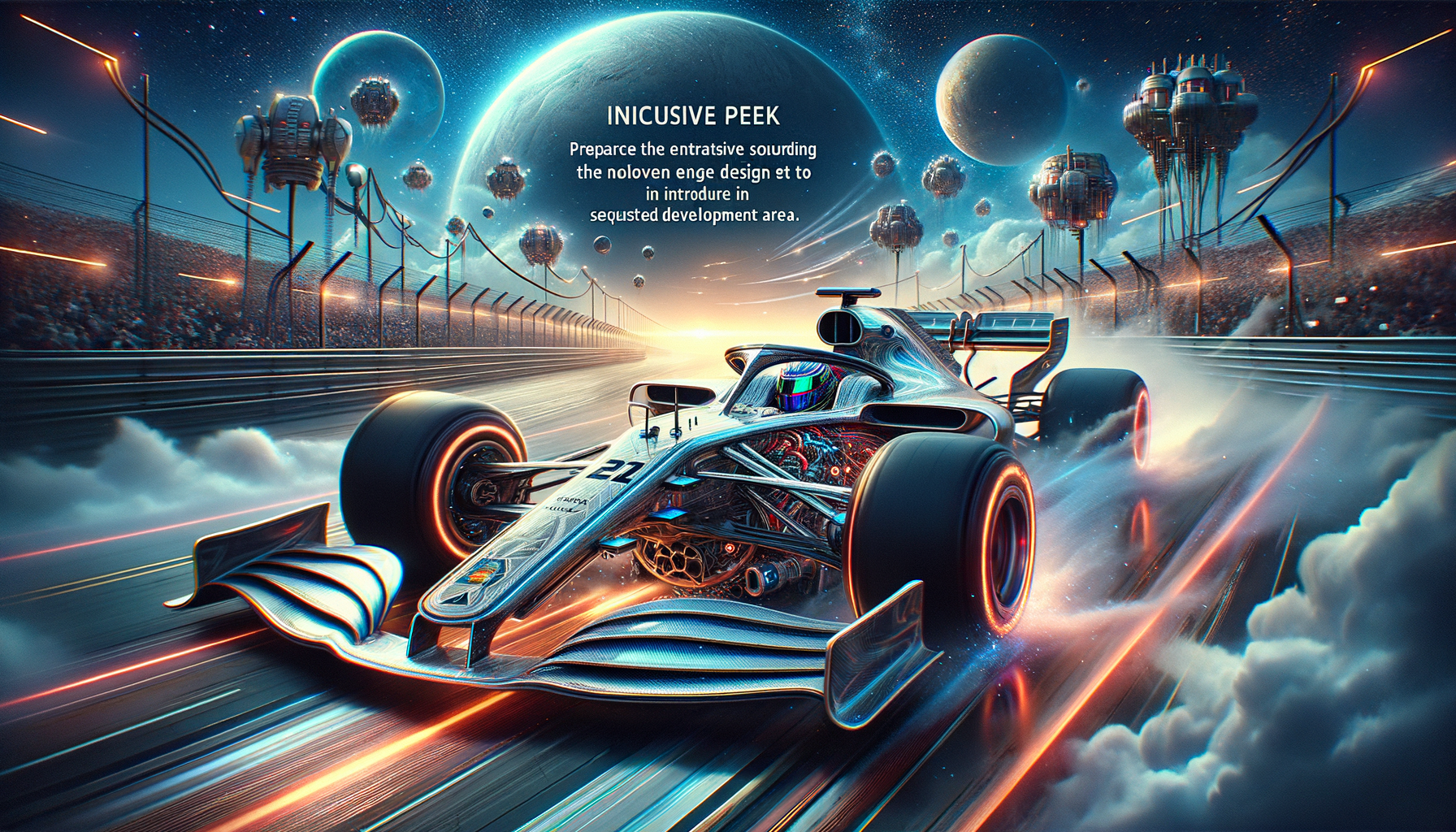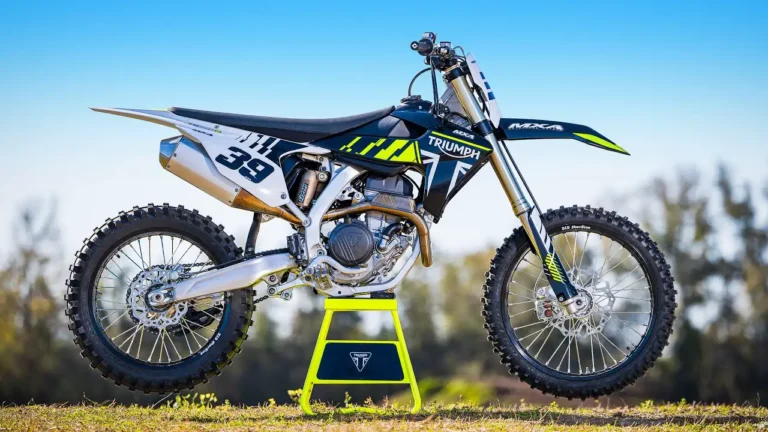Is IndyCar Revolutionizing Racing with a New Engine Formula for 2027?

The Future of IndyCar: Navigating Toward an Innovative Engine Blueprint for 2027
IndyCar has been the stage for intense racing accompanied by groundbreaking technological advancements. As the competition surges towards the future, the anticipation for a transformation in racing dynamics is palpable. The single-seater series stands on the verge of introducing a novel engine strategy post-2026, sparking discussions and fermenting possibilities that could redefine the racing landscape.
A Glimpse Into the Current Era and Upcoming Transition
Engines roaring at the heart of IndyCar since 2012, the 2.2-liter twin-turbo V6, continue their symphony under contracts with powerhouse providers Chevrolet and Honda. However, as these agreements culminate in 2026, a discerning eye gazes toward what comes next. The turbo V6 era, triumphant as it was, witnessed a spike in teams, testing the limits of both resources and resilience with expansions reaching a phenomenal 27 full-time teams.
The Hybrid Horizon: IndyCar’s Next Leap
Mid-2023 will mark IndyCar’s foray into the hybrid arena, marrying the conventional combustion engine with a bespoke Energy Recovery System (ERS) presented through a collaboration of the venerable Chevrolet and Honda. This technical marvel is slated for competition post-Indy 500 and is designed to set the pace through 2026, setting the stage for the next epoch in IndyCar propulsion.
Engineering the Future: Quest for a Sustainable Engine Paradigm
The quest to diversify engine suppliers is gaining urgency. The series gravitates towards introducing engine norms that entice new manufacturers while retaining the loyalty of current participants. One of the primary considerations is a pivot towards a cost-effective engine model, potentially laden with standardized components, to alleviate the fiscal strain as echoed by Honda’s concerns about the exorbitant costs of competition.
Constructive Conversations and Diverse Deliberations
Discussions with existing engine suppliers and potential entrants have been underway since the previous year, exploring a medley of ideas and gathering insight on prospective technologies. According to series officials, no singular approach dominates these dialogues as they collectively strive for the optimal engine layout for 2027 and beyond.
Legacy and Innovation: IndyCar’s Dedicated Dance
IndyCar’s transition to fully renewable fuel signifies a notable achievement in its commitment to sustainability, paired with the impending debut of hybrid technology – a progressive stride initially announced in 2019. Proposals for the future include potent ERS enhancements and alternate fuels, signaling a clear intent to advance in competitive green innovation.
Widening the Consultation Circle
While the series remains tight-lipped about specific collaborating brands beyond Chevrolet and Honda, it’s understood that other industry giants like Hyundai and Toyota are contributing their perspectives to the future engine blueprint.
Chassis Considerations: The Supporting Framework
A key aspect of IndyCar’s technological odyssey is the chassis that will cradle the forthcoming engine marvel. Current discussions hint at a diverse range of chassis enhancements to complement the next engine chapter. Elements under consideration span from revolutionary aerodynamics to comprehensive weight reduction, forging synergy between car aesthetics and advanced performance.
The Road Ahead: Prioritizing Hybrid Integration Before Finalizing 2027 Plans
As the upcoming season unfolds, the initial focus will be the introduction and optimization of the hybrid system. With this critical milestone on the horizon, subsequent efforts will channel towards cementing the 2027 engine principles.
In summary, IndyCar is on an exhilarating trajectory, poised to herald a new, innovative, and environmentally conscious engine framework by 2027, cultivating dynamic racing experiences and revving up excitement for the future.





